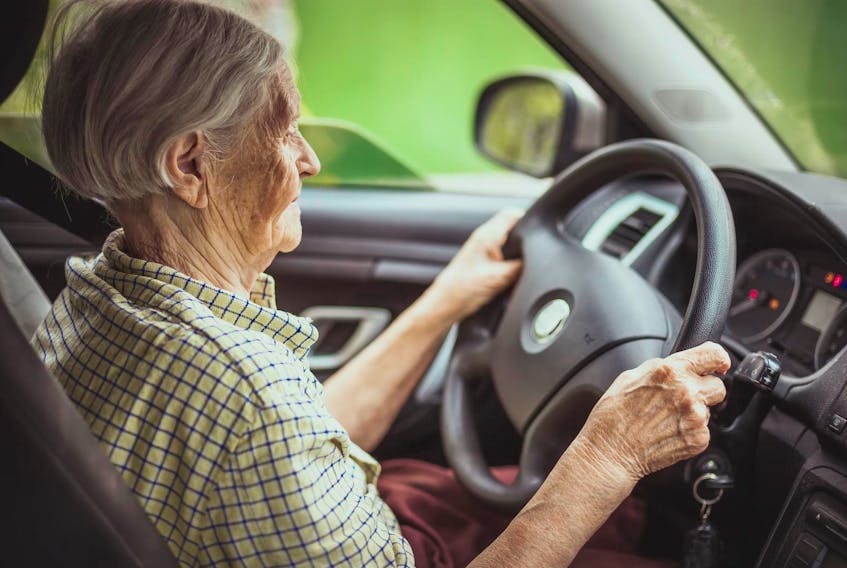I have often said that that attitude is more important than age in terms of traffic safety.
I believe an alert, mature driver with the right attitude, is a safer driver than someone much younger who is not paying attention or has a poor attitude.
Still, there is no denying the fact we deteriorate with age — in a lot of ways. Knowing what is likely to happen, recognizing the process and dealing with it can make a great deal of difference in how safe we are at the wheel — at all ages.
After all, our eyesight and reflexes start to deteriorate from age 20-22!
But growing older does not mean you have to quit driving. Mobility is an important part of life from the moment we first learn how to crawl. We do not and should not, lose a license simply because of the period of time that has lapsed since we were born.
We should however, lose our license when we reach a point where we endanger other road users. The trick is delaying when we reach that point and recognizing it when we do.
Aging brings change, physical and mental change. Some of this has little effect on driving, some significant effect. Eyesight, hearing and reflexes play key roles in our ability to drive. The bad news is that all will deteriorate with age.
The good news is that there are corrective measures for each of them.
Eyesight is arguably the most critical factor related to driving. Our ability to monitor traffic, to identify and react to situations, determines whether we are safe at the wheel or not.
Regardless of age, if we don’t see a problem in time to take appropriate action, we have a problem. As vision deteriorates we can take corrective measures and in most cases, will actually have superior vision to that enjoyed before seeking help.
There are even exercises you can do to improve the muscles controlling the eye! Similarly if our hearing reaches a stage where we need assistance, we will immediately be better off than before we recognized the problem.
Experience and reflexes are an odd couple. As we gain the experience necessary to know what to do in an emergency, the reflexes that determine how quickly we do it go downhill. But there is an answer.
Just as corrective lenses and hearing aids can result in improvement, so can looking further down the road.
It is a known fact that our eyes get lazy with age and that as drivers we do too. The combination can be deadly. Instead of looking way down the road, we gradually reduce how far we look as we age. Reversing that is the answer to slower reflexes.
Using our corrected and improved vision, we can make a habit of monitoring the traffic environment further ahead and at a greater circumference around us.
Using our mirrors and a scanning routine we can keep an eye on traffic behind and on the sides and by looking 10-30 seconds ahead, instead of just over the hood, gaining critic seconds, life-saving seconds.
Speed and distance are related. Picture two scenarios. Vehicle A travelling 100 km/h, 20 year-old driver looking five seconds ahead. Vehicle B travelling same speed, 80-year-old driver looking 10 seconds ahead. Child runs onto the road. Driver A, with the eyesight and reflexes of an Olympic athlete, travels about 30 metres (one second) before identifying the problem and another 10 metres (one–third of a second) before getting his foot off the gas and unto the brake. The vehicle then travels an additional 30 metres before coming to a full emergency stop. Total distance 70 metres or two and one-third seconds — provided that driver was paying attention!
Driver B, because of poorer vision and slower reflexes takes one-half second longer to identify the issue and another half second is added due to slower reflexes. Total distance travelled — 100 metres, a difference of 30 metres between point of identification and full stop.
But, since Driver B was looking five seconds further down the road, he had an extra 150 metres of reaction space! Even if he used up 30 of them, he’s stopped 120 metres further from the child than Driver A.
In other words, simply looking further down the road can help make up for slower reflexes. It doesn’t cure the problem, but it does make for a much safer driver.
Regular checkups and eye exams, combined with proper visual techniques make a significant contribution to safe driving.
RELATED:









